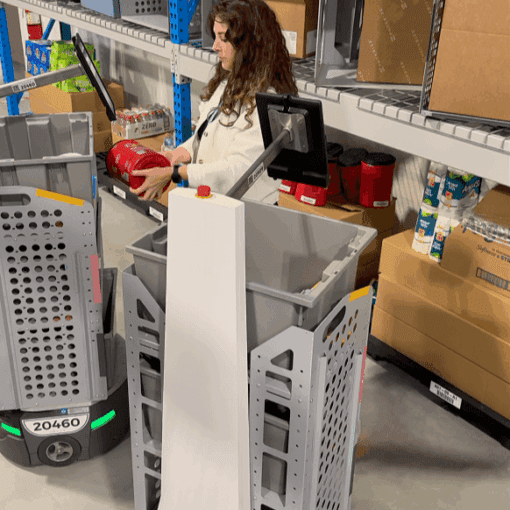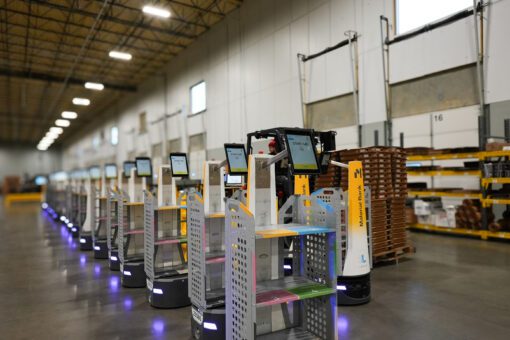WP: How to achieve 400 UPH with Locus Fast Pick
WP: How to achieve 400 UPH with Locus Fast Pick Download Now!

When Kevin Hume talks about agility in warehouse design, you can tell right away that he’s been in the trenches and knows what he’s talking about. As the co-founder of ThruPut Partners, Hume has spent over three decades rethinking how warehouses can respond to constant market shifts, labor pressures, and the relentless pace of technology. On a recent episode of Warehouse Automation Matters, he pulled back the curtain on why traditional supply chain strategies are failing us and what we can do about it.
“One-Size-Fits-All” vs Agility Warehouse Thinking
“The supply chain landscape is littered with the remains of silver bullet solutions,” Hume said. What’s needed instead, he argued, is a smarter, layered approach with agile solutions that are tailored to specific operational warehouse needs and can flex as those needs evolve.
He described how traditional supply chain designs often rely on outdated data structures and static planning. “We still see people designing for average,” he said. “But average doesn’t exist anymore, and everything is dynamic. If you’re designing based on yesterday’s requirements, you’re already behind.”
Operational Agility
So how do you build a system that can handle the unknown? Hume’s answer is to break it down into agile sprints. ThruPut’s “Do Now, Do Next, Do Later” model helps warehouses test and scale new automation strategies without getting paralyzed by long timelines or legacy constraints.
- Step one: Establish a Program Management Office (PMO) system to track and manage changes.
- Step two: Roll out meaningful change.
- Step three: Connect and scale the pieces into a fully integrated, often transformational, warehouse system.
One of Hume’s favorite examples involved consolidating five outdated facilities into a single, high-functioning greenfield site that is capable of handling retail, e-commerce, and subscription fulfillment under one roof.
This concept worked for a simple reason, according to Hume. “We didn’t just run the numbers. We ran sensitivity analyses and modeled what ifs. The what ifs became reality later and we were ready for them.”
What’s Coming Next (and What You Can Do Now)
Throughout our conversation, Hume emphasized preparation. “You’re never done,” he said. “Even when a facility is up and running, the market changes. New demands come in. Technology shifts. Labor shortages hit. You’ve got to stay ahead.”
His advice to warehouse leaders is to start with your workforce. Retain the talent that matters, pair it with warehouse automation that adds value, and then invest in integration tools and data visibility to keep operations flowing, even when things get bumpy.
Hume also sees big potential in what he calls the “convergence” of technologies: semi-autonomous vehicles, high-density storage, batch picking, and more that work together rather than in silos. He also sees the role of AI in improving both design and daily execution rom optimizing item proximity using “dark data” to monitoring workflows through security camera integrations.
Want the Full Story?
This episode is packed with practical takeaways, real-world examples, and one golden rule that Hume says warehouse leaders must embrace: Bring healthy skepticism and don’t settle for solutions that can’t evolve with you.
Listen to the full episode of “Warehouse Automation Matters” with Kevin Hume to hear how agile supply chains are being built right now and how yours can be, too.




